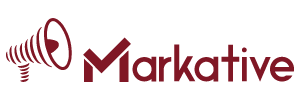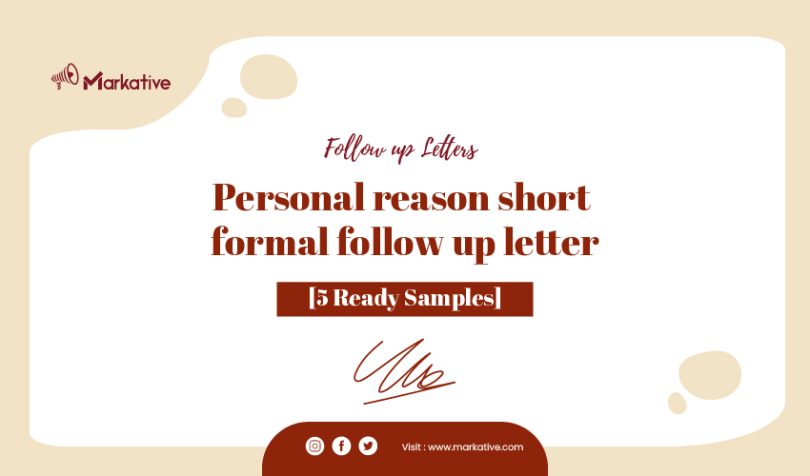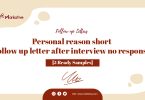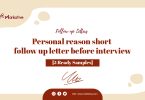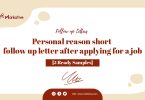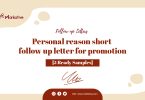When you need to follow up on a previous communication, a formal follow-up letter is a great way to do it. This type of communication can be used in various contexts, including job search, networking, business, and more. A well-written follow-up letter demonstrates professionalism and helps you stand out from the crowd. In this article, we’ll look at how to write a formal follow-up letters and provide 5 pre-written samples for various scenarios.
Why Writing a Formal Follow-Up Letter Matters?
A formal follow-up letters is a professional way of staying in touch with the recipient after a previous communication. It shows that you care about the outcome and are keen on building a relationship. If you’re in a job-seeking situation, writing a follow-up letter can help you stand out from other candidates. In business, it can help strengthen relationships with potential clients or partners.
Not sending a follow-up letter can show a lack of interest, indicating that you’re not serious about the matter at hand. It’s important to communicate effectively and professionally to ensure the best possible outcome.
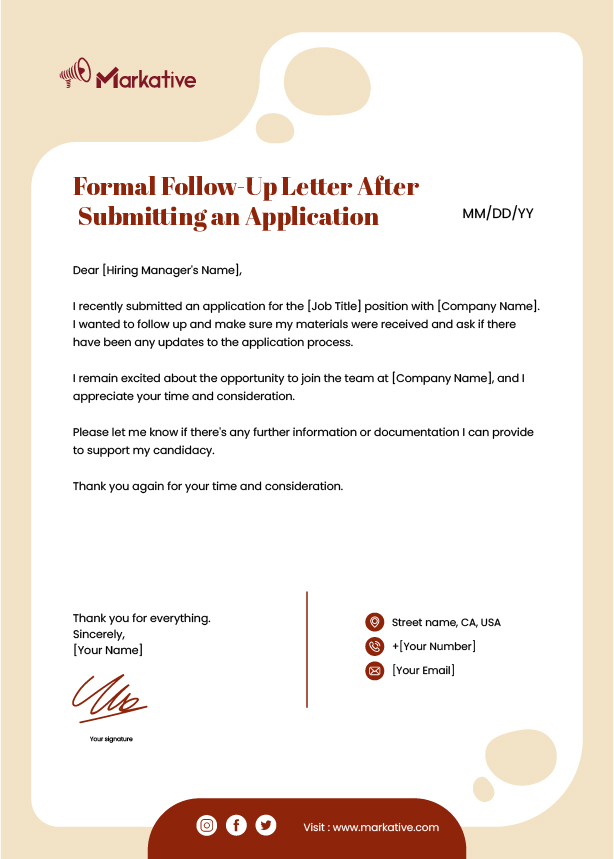
Understanding the Components of a Formal Follow-Up Letter
Before we dive into the samples, let’s take a look at the components that make up a formal follow-up letter.
- Salutation: The salutation is the greeting at the beginning of the letter. It’s essential to address the recipient formally using their name and title, where applicable. For example, if you’re writing to a hiring manager, use “Dear Hiring Manager” instead of a generic “To Whom It May Concern.”
- Introduction: The introduction sets the tone of the letter and states the purpose of the communication. It should be brief and to the point, outlining the previous communication you had with the recipient and stating why you’re writing a follow-up letter.
- Body: The body of the letter is where you elaborate on the purpose of your communication. This is where you can provide additional information, ask questions, and express your interest in the matter. Make sure to keep the tone professional and avoid using informal language.
- Closing: The closing is the final part of the letter. It should restate the purpose of the communication, thank the recipient for their time, and suggest the next steps. Make sure to include your contact information, so the recipient can contact you if needed.
- Signature: End the letter with a closing phrase and your signature. If sending a hard copy, leave space to sign the letter; otherwise, include an electronic signature.
For More: Best Follow-Up Letter of Recommendation with [7+ Samples]
Formal Follow-Up Letter After an Interview
Dear [Hiring Manager's Name], Thank you for taking the time to meet with me earlier this week. I enjoyed learning more about the [Job Title] position and hearing about the company's goals and values. I wanted to check-in and reiterate my interest in the position. Do you have any updates on the hiring process timeline? Please let me know if there are any additional materials or references I can provide to support my candidacy. Thank you again for the opportunity to interview, and I look forward to hearing from you. Best, [Your name and contact information]
Best Formal Follow-Up Letter After Submitting an Application
Dear [Hiring Manager's Name], I recently submitted an application for the [Job Title] position with [Company Name]. I wanted to follow up and make sure my materials were received and ask if there have been any updates to the application process. I remain excited about the opportunity to join the team at [Company Name], and I appreciate your time and consideration. Please let me know if there's any further information or documentation I can provide to support my candidacy. Thank you again for your time and consideration. Sincerely, [Your name and contact information]
Formal Follow-Up Letter After a Networking Event
Dear [Contact's Name], It was great to meet you at the [Networking Event Name] last week. I enjoyed hearing about your work in the [Industry or Field] and appreciated the thoughtful advice you gave me on [Networking Topic]. I wanted to follow up and see if you have any availability to continue the conversation over coffee or lunch next week. I believe our shared interests and experiences could be mutually beneficial, and I would love to learn more about your work and goals. Please let me know if there's a time and place that works for you. Thank you again for taking the time to chat, and I look forward to connecting soon. Best regards, [Your name and contact information]
For More: Best Follow-Up Letter in Business Communication: [9 Samples]
Formal Follow-Up Letter After a Sales Pitch
Dear [Client's Name], I hope this message finds you well. I wanted to follow up on our recent conversation about [Product/Service], and thank you for considering [Company Name] for your [Needs]. I understand that you may have further questions or concerns. Please let me know if there's any additional Continue writing information or materials that I can provide to help support your decision-making process. I enjoyed speaking with you and appreciate your time and consideration. Please do not hesitate to reach out if you have any further questions or require more information. Thank you again, and I look forward to the opportunity to work with you. Best, [Your name and contact information]
Formal Follow-Up Letter After a Meeting
Dear [Attendee's Name], Thank you for taking the time to meet with me to discuss [Meeting Topic]. It was great to hear your thoughts on [Key Discussion Points] and learn more about your perspective on the matter. I wanted to circle back and follow up on some of the points we discussed. I appreciate your insights, and I believe that working together would bring valuable results. Please let me know your thoughts and any further ideas that you may have. I appreciate your time and consideration and look forward to hearing from you soon. Best, [Your name and contact information]
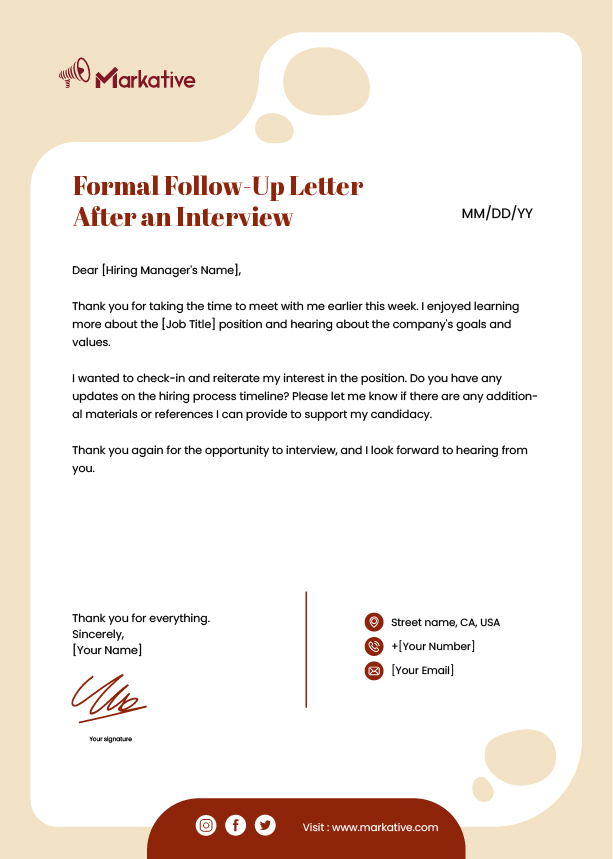
Key Takeaways
When writing a formal follow-up letters, always remember to address the recipient formally using their name and title where applicable. Keep the tone professional and avoid informal language. Use a clear and concise structure, including a salutation, introduction, body, closing, and signature.
Always make sure to thank the recipient for their time and consideration and suggest next steps, such as providing additional materials or scheduling a meeting.
Incorporate the tips and techniques learned today and customize the samples provided to fit the specific scenarios and situations. Writing an effective follow-up letter will help you stand out, create new opportunities, and build relationships.
